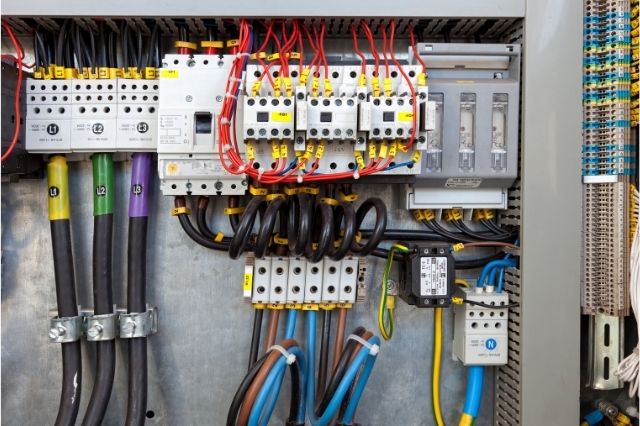Why Testing Voltage Cables is Important
Its not uncommon for businesses to ignore the voltage cables carry power to the electrical distribution centers from their main substations. Since many of these cables are underground and they can be buried directly or encased in either conduits or underground raceways, they tend to be forgotten when it comes to any kind of testing. Unfortunately, without any kind of testing many cable systems may deteriorate unnoticed until one fails, which can cause downtimes for businesses. Learn why testing voltage cables is important and how to approach it.
How to test voltage cables
The preferred method of testing medium voltage cables in the field used to be the DC high potential test. However, more recent experience has been shown that this method of testing can further damage aged cable by increasing the effects of water treeing in XLPE and EPR cables which can actually reduce the life of the cable life. Luckily, there are alternative testing methods available that will not deteriorate the cable while performing the test that C3 Engineering is very familiar with.
Field testing options
The IEEE 400, Guide for Field Testing and Evaluation of the Insulation of Shielded Power Cable Systems Rated 5 kV and Above, divides field testing of medium voltage shielded cables into two categories: Type 1 and Type 2. The Type 1 testing is a test designed to detect defects with the objective to repair those defects, increasing reliability by performing the repairs prior to them being put back into service. The Type 2 test is a diagnostic test used to determine the severity of decline and then placing the cable back into service with or without repairs and without further deteriorating the cable.
Type 1 testing
DC high potential testing and AC high potential testing using low frequency at elevated voltages are examples of Type 1 testing. These have the purpose of detecting weak points in the cable system through failure. Once the weak point has been identified repairs, can be made to the cable, and then the voltage cable can be returned to service. High potential testing is still recommended for maintenance testing of laminated cable insulation and for acceptance testing of new cable that has not been exposed to an electrical field.
Type 2 testing
Dissipation Factor, or Tan Delta, and Partial Discharge testing are examples of Type 2 tests. These tests are performed at rated voltage and don’t stress the insulation of the cable. They’re performed and the results are tracked over time to determine the rate of deterioration and help to predict the end of the service life of the voltage cable. While no test will determine the exact time of failure, meticulous tracking of results can help to predict when a cable system should be replaced, therefore preventing failure. The advantage of partial discharge testing is, it can be performed while the system is energized without interruption to the loads being served. Some testing must be performed with the cables isolated which requires an interruption in service.
How to ensure cable integrity
Some tests are better at locating specific problems than others. C3 Engineering professionals can advise on what test(s) is best for each situation. The tests performed and the frequencies at which the tests are performed are up to the end user. To determine type and frequency of tests the following items should be considered: Type of cable insulation, age of the cable, the environment of the cable, the load served by the cable, whether or not the cable has been subject to overloads or fault conditions and how the cable is terminated.
Testing voltage cables is important! Some of the longest downtimes at companies have been created by voltage cable failures. Make sure you have a reliable cable system through periodic maintenance testing.


